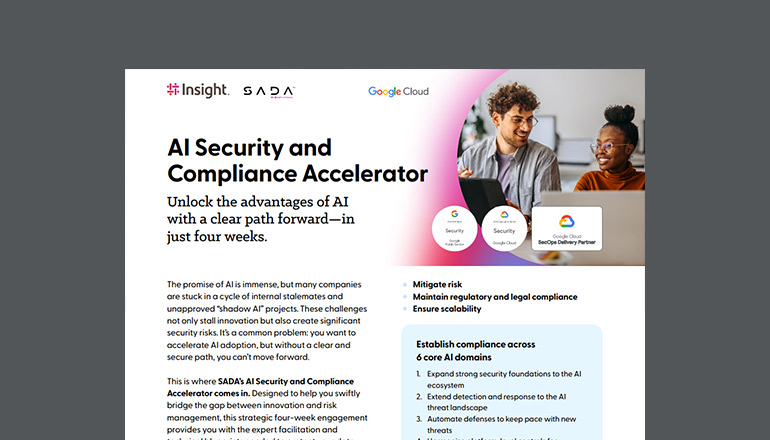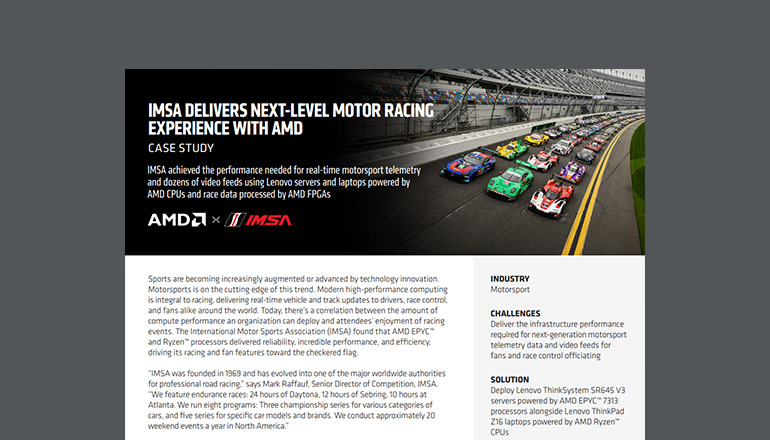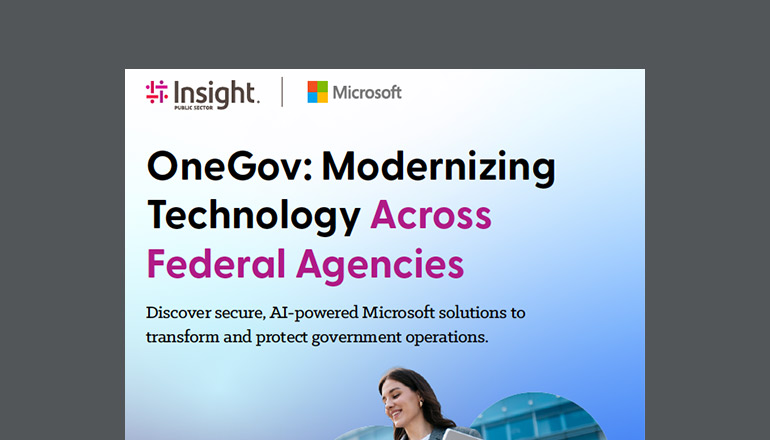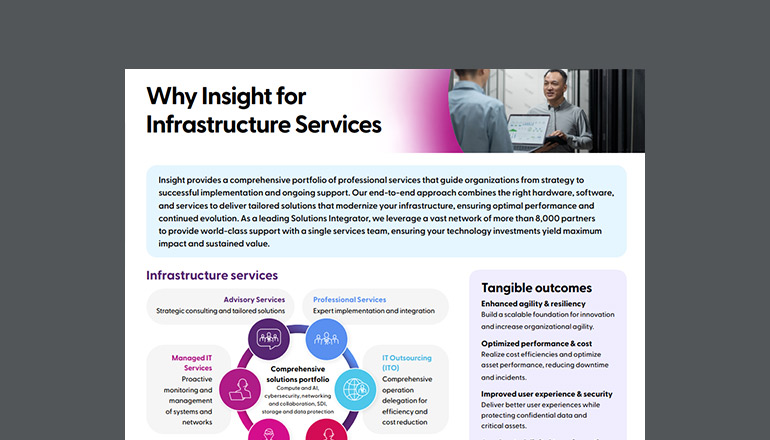Client story Utilities Company Increases Customer Satisfaction and Reduces Project Costs Through Agile Adoption
When a utilities company needed to change its consistent pattern of past-deadline, over-budget projects, Insight delivered Agile and Scrum training to streamline the Agile training process, supporting continuous improvement and on-target project outcomes.
By Insight Editor / 25 Jun 2022 / Topics: Compliance Agile Consulting services IT modernization

Facts at a glance
Client industry
Utilities
Challenge
The client struggled to deliver projects on time and within budget year after year and was required to provide rigorous documentation.
Solution
- Agility health check
- Adoption of Agile framework
- Co-developed Agile boot camp
- Scrum Master coaching & mentoring
Outcomes:
Download the client story
- Default frameworks for IT projects
- Renewed focus on technical practices
- Better relationship between IT & the business unit
- Higher customer satisfaction & engagement
- Renewed culture of innovation & experimentation
A utilities company serving 5.4 million customers in 11 states sought a solution to transform its software development process. The company effectively managed construction projects using the Waterfall Methodology. However, the same defined process applied to its software delivery consistently ran projects past deadlines and over budget.
Due to the company’s work in energy and utilities, it also had to navigate heavy regulation that demanded rigorous project documentation.
Seeking an alternative way to work
The company’s leaders identified Agile as a viable solution for improvement but didn’t know how to begin the transition to ensure successful transformation.
To help streamline the Agile journey, the utilities company chose Insight because of our strategic partnership with Scrum.org, our deep knowledge of Agile and our local proximity to the organization, which allowed us to provide on-site training and support.
Transforming the large utilities organization from a Waterfall-defined model began in 2016. We started with a holistic health check to assess the organization’s current agility and readiness. During this initial phase, our team of Agile specialists conducted a series of interviews with technical and business stakeholders and observed activities and team structures to understand the current situation.
Insight and the client collaborated to create an Agile boot camp with curated content and coaches to quickly onboard new teams to the Agile framework. The client also leveraged our partnership with Scrum.org to enroll hundreds of employees through Scrum certification courses.
The process to Agile
As a premier Scrum.org partner, we were able to provide the client with bulk seating credits for Scrum.org courses for their employees. We worked with the utilities company to tailor Agile courses to meet its unique business needs:
- Agile Leadership Training Program
- Agile Boot Camp
- User Story Workshop
- Scrum Refresher
- Product Owner Fundamentals
The client adopted Agile progressively, beginning with a few teams at a time. As Agile teams completed projects and shared their successes, they became internal advocates for the framework. That visibility helped maintain momentum and excitement among employees.
Insight is supporting a continual advancement of the company’s internal knowledge base, which is helping the client to meet its long-term goals to be 100% Agile with processes fully owned by its employees.
Fostering continuous improvement
The client established an Agility Services and Coaching (ASC) team to support continued transformation. The company provided lunch and learns, delivered boot camps and launched an internal Community of Practice for product owners.
In tandem with the ASC team, Insight designed a coaching and mentoring program to identify and develop Scrum Masters within the organization. As part of that effort, the client established an Agile Coaching Guild as a think tank for best practices, process feedback, and improving the ability to tweak and hone in on coaching style and strategy.
The Agile program expanded to include technical agility coaching for practices such as pair programming, automation and continuous delivery. This catered to the continuing expansion and maturity of development teams and the ability to support growing business.
Year after year, the company experienced significant uplift in Agile adoption. In 2016, 34 employees enrolled in the Professional Scrum training. One year later, the number of participants doubled Today, 50 Agile projects are underway, and engagement continues to grow. Scrum is now the standard framework for IT projects. The continued partnership with Insight offered the utilities company thought leadership, experienced consultants and new organizational ideas to support agility expansion.
Meaningful results
During the transformation process, some teams operated with Scrum, and others continued to follow the Waterfall Methodology. This enabled the company to compare performance metrics for projects in the same year — and the results confirmed the company had made the right decision by moving to Agile.
In 2016, customer satisfaction scores for Scrum projects were significantly better than Waterfall-based projects (3.9 versus 3.63). When it came to the company’s other key objective of meeting budget, Scrum projects scored 3.39 against Waterfall budget scores of 3.16. In one example, an Agile team delivered the product 25% below budget.
The client also made tremendous strides with its technical agility, progress across the automation-readiness maturity spectrum and move toward an automated delivery pipeline.
While the company continues to grow its internal advocacy and knowledge-sharing programs, it works with Insight experts to deliver trainings and boot camps. This allows greater focus on new core initiatives each year.



